
How Do I Remove Rust From a Bike? Easy & Effective Methods
Rust can affect any bike—whether a traditional bicycle or an electric bike—reducing performance and safety. If you’re asking, “how do I remove rust from a bike?”, you’re not alone. With a few simple methods, you can quickly restore your frame, chain, and gears while preventing future corrosion. This guide shows the most effective ways to keep both your regular bike and electric bike rust-free and road-ready.
How Do I Remove Rust From a Bike Quickly and Effectively
Rust can affect both traditional bicycles and electric bikes, causing damage to the frame, chain, gears, bolts, and other metal parts. Fortunately, most rust can be removed with simple home remedies and proper maintenance, helping your bike stay safe and perform well.
Effective Rust Removal Steps:
-
Inspect Your Bike Carefully
Check the frame, chain, gears, bolts, and other metal parts for rust. Identify surface rust versus deeper corrosion to know which areas need extra attention, including hidden spots on electric bikes. -
Apply a Cleaning Solution
Treat rusted areas with a baking soda paste or vinegar/cola mixture. Let it sit 10–15 minutes to loosen corrosion, and reapply on stubborn spots for a thorough clean. -
Scrub Gently
Use a soft brush, sponge, or steel wool to remove rust without scratching metal. For tight spaces, an old toothbrush works well, ensuring even hard-to-reach areas are cleaned. -
Treat Moving Parts
Spray WD-40 or a similar lubricant on chains, gears, and other moving components. Let it penetrate, then scrub lightly to restore smooth operation and prevent further rust. -
Rinse, Dry, and Lubricate
Rinse residue with clean water and dry completely. Apply bike lubricant to chains, gears, bolts, and exposed metal surfaces to protect against future rust and maintain peak bike performance.
Why This Works: Baking soda and vinegar safely remove rust, WD-40 reaches hidden areas, and proper lubrication keeps all components—manual or electric—protected and road-ready.
Understanding Rust on Bikes
Rust forms on bikes when moisture, oxygen, and environmental factors combine. Exposure to rain, humidity, road salt, and poor storage accelerates corrosion, making it important to understand bike rust causes. Both traditional and electric bikes are vulnerable, especially when left outdoors or in damp areas.
Rust can weaken the frame, chains, gears, and other moving parts, reducing bike performance and creating safety risks. Knowing why bikes rust helps you prevent damage and maintain a smooth, reliable ride.
Assessing Rust Damage
Before cleaning your bike, it’s essential to determine how bad the rust is. Surface rust is minor and mostly cosmetic. It affects only the outer layer of metal and can usually be removed with simple home remedies like baking soda, vinegar, or gentle scrubbing.
Deep rust penetrates the metal and can damage important components like the frame, bolts, or gear assemblies. This type of corrosion may compromise safety, and affected parts might need to be replaced entirely.
When deciding whether to repair or replace rusted parts, consider both the severity and location of the rust. Small rust spots on the chain, frame, or bolts can often be treated at home. However, significant corrosion on structural components requires professional attention.
Conducting a careful bike rust assessment helps you identify which areas need cleaning and which may need replacement. Knowing this ensures proper rusty bike repair, protects your safety, and keeps your bike performing at its best.
Tools & Materials You’ll Need
To remove rust from your bike effectively, gather the following essential tools and materials:
-
Wire brush or steel wool – Perfect for scrubbing rusted areas without damaging metal surfaces.
-
Baking soda – A common household ingredient that helps break down light rust.
-
White vinegar or cola – Acidic solutions that dissolve corrosion on frames, chains, and bolts.
-
WD-40 – Lubricates and loosens rust from moving parts like chains and gears.
-
Chemical rust remover (optional) – For heavier rust, use carefully according to instructions.
-
Gloves and protective eyewear – Protect your hands and eyes during cleaning.
-
Old rags – For wiping away residue and drying your bike after cleaning.
Using the right bike rust removal tools and materials to remove rust ensures the process is safe, effective, and keeps your bike performing smoothly.
How Do I Remove Rust From a Bike: Step-by-Step Methods
Removing rust from your bike requires a combination of the right tools, techniques, and careful attention to detail. The severity and location of rust will determine which method is most effective. Whether you own a traditional bicycle or an electric bike, following these step-by-step methods can restore your bike’s appearance, safety, and performance.
1. Baking Soda Method for Light Surface Rust
The baking soda method is ideal for minor surface rust that affects only the outer layer of metal. Baking soda is mildly abrasive and safe for most bike finishes.
Step-by-Step:
-
Prepare the paste – Combine 3–4 tablespoons of baking soda with a small amount of water to create a thick paste. The consistency should be spreadable but firm enough to stick to vertical surfaces.
-
Apply to rusted areas – Use a sponge, soft brush, or even a spatula to coat all rusted spots generously. Focus on areas that are frequently exposed to moisture, such as bolts, chainstays, and seat posts.
-
Let it sit – Allow the paste to work for 10–15 minutes. This gives the baking soda time to loosen rust particles without harming the metal or paint.
-
Scrub gently – Use circular motions with a sponge, brush, or steel wool to remove rust. For stubborn spots, apply a little extra paste and scrub lightly until corrosion is gone.
-
Rinse and dry thoroughly – Wash off the paste with clean water, then dry all components completely with a soft cloth. Proper drying prevents new rust from forming.
Why it works: Baking soda neutralizes acidity and loosens rust particles. It’s safe, non-toxic, and perfect for routine bike maintenance.
2. Vinegar or Cola Method for Moderate Rust
For rust that persists after baking soda treatment, acidic solutions such as white vinegar or cola are highly effective at dissolving corrosion. This method works well for frames, bolts, and other exposed metal parts.
Step-by-Step:
-
Apply the solution – Spray white vinegar or pour cola directly onto rusted areas. For larger components like frames, wrap a rag soaked in vinegar around the rusted spot.
-
Allow soaking – Let the solution penetrate the rust for 5–10 minutes. The acid will loosen corrosion on metal surfaces, including bolts, chainrings, and frame joints.
-
Scrub the rust – Gently scrub the affected area with a brush. For delicate or painted parts, use a foil-wrapped brush to avoid scratches.
-
Rinse thoroughly – Wash all residues with clean water. Leaving vinegar or cola on too long can damage metal or paint.
-
Dry immediately – Wipe the components completely with a cloth to prevent moisture from causing further rust.
Tip: Combining vinegar with a small amount of baking soda can enhance effectiveness on stubborn rust spots.
3. WD-40 for Chains, Gears, and Moving Parts
Chains, derailleurs, and gears often accumulate rust in tight spaces that are difficult to reach with regular cleaning. WD-40 penetrates rust and loosens grime, restoring smooth operation.
Step-by-Step:
-
Spray generously – Apply WD-40 to chains, derailleurs, sprockets, and other moving components. Ensure the rusted areas are fully coated.
-
Let it soak – Wait 5–10 minutes to allow the solution to penetrate and loosen rust. For heavily rusted chains, repeat if necessary.
-
Scrub lightly – Use a wire brush, toothbrush, or small detailing brush to remove rust and grime from tight spaces. Focus on areas between chain links and gear teeth.
-
Wipe clean – Remove loosened rust and excess WD-40 with a clean rag.
-
Lubricate – Apply a thin layer of bike lubricant to the cleaned parts to restore smooth operation and protect against future rust.
Why it works: WD-40 loosens rust, repels moisture, and protects moving parts, making it ideal for maintaining drivetrain performance.
4. Chemical Rust Removers for Heavy Rust
For severe or deeply embedded rust, chemical rust removers are often the most effective solution. These products are strong enough to clean heavily corroded frames or electric bike components that cannot be treated with home remedies.
Step-by-Step:
-
Wear protective gear – Always use gloves and protective eyewear to prevent injury.
-
Apply carefully – Follow the manufacturer’s instructions for application, using a brush, sponge, or cloth. Target heavily rusted spots like structural parts, bolts, or neglected frames.
-
Wait and monitor – Allow the chemical to work for the recommended time, checking progress regularly. Do not exceed the suggested exposure time to avoid metal or paint damage.
-
Rinse thoroughly – Remove all chemical residues using clean water. Chemicals left on the bike can accelerate future rust.
-
Dry completely – Use a soft cloth to ensure all parts are dry before storage or riding.
Tip: Chemical rust removers are particularly useful for electric bikes, as they allow deep cleaning without disassembling sensitive components.
Cleaning Rust Off Specific Bike Parts
Rust can affect different parts of a bike, reducing bike performance and safety. Treating each area properly keeps both traditional and electric bikes reliable and rust-free.
The frame is exposed to weather and dirt, making it prone to rust. Apply a baking soda paste or vinegar solution, scrub gently with a soft brush or sponge, then rinse and dry completely. Regular frame care prevents corrosion from spreading and protects the bike’s structure.
Chains and gears trap moisture and dirt, which can damage the drivetrain. Spray WD-40 on rusted areas, scrub with a wire brush or toothbrush, then wipe clean and lubricate. This restores smooth operation and protects moving parts, which is especially important for electric bike performance.
Bolts and nuts can seize if rusted. Apply a rust remover or household solution, scrub with a small brush, rinse, and dry. Proper care prevents future corrosion and keeps your bike safe.
Hard-to-reach areas like under fenders or inside derailleurs are prone to hidden rust. Use small brushes or cotton swabs to clean, then dry and lubricate moving parts. Maintaining these areas prevents rust from spreading and ensures smooth performance.
Preventing Rust on Your Bike
Preventing rust is far easier than repairing it, and regular care protects your bike’s performance, safety, and longevity. Whether you ride a traditional bike or an electric bike, adopting consistent rust-prevention habits will keep your bike in excellent condition and extend its lifespan.
Keep Your Bike Dry and Clean
Moisture is the main cause of rust, so it’s essential to dry your bike after every wet ride. Even small amounts of water or lingering humidity can accelerate corrosion over time. Clean your bike regularly using mild soapy water to remove dirt, mud, and road salt, which are notorious for causing bike rust. Focus on frequently exposed areas such as the frame, bolts, chainrings, and fenders, then wipe the bike thoroughly with a soft, dry cloth to ensure all surfaces are moisture-free.
Lubricate Chains, Gears, and Metal Components
Lubrication forms a protective barrier against moisture, reducing friction and preventing rust. Apply bike-specific lubricant or oil to the chain, gears, derailleurs, bolts, and other metal parts. For electric bikes, pay special attention to the drivetrain and motor housing, as these components are more sensitive to corrosion. Regular lubrication not only protects your bike from rust but also ensures smoother riding performance and extends the life of moving parts.
Store Indoors or Use a Waterproof Cover
Environmental exposure is a major factor in rust formation. Storing your bike outdoors, even under a roof, can lead to corrosion from rain, humidity, and temperature fluctuations. Whenever possible, store your bike indoors in a dry, ventilated space. If indoor storage isn’t an option, use a high-quality waterproof cover to shield your bike from moisture, dust, and UV damage. This simple step significantly slows down rust formation and keeps both traditional and electric bikes in peak condition.
Use Rust-Resistant Sprays on Vulnerable Areas
Certain parts of your bike—bolts, chainrings, pedal axles, and frame joints—are more prone to corrosion. Applying a rust-resistant spray or protective coating on these areas creates a long-lasting barrier against moisture. For electric bikes, make sure any protective spray is compatible with electronic components and does not affect wiring or sensors. Using rust-resistant sprays as part of your maintenance routine is an effective way to prevent rust from forming and maintain your bike’s value and performance over time.
Ride Longer Without Rust with isinwheel Electric Bikes
Maintaining a rust-free bike is easier with isinwheel electric bikes, thanks to corrosion-resistant frames, waterproof components, and durable coatings. These features reduce rust-prone areas, making upkeep simple and keeping your ride smooth and reliable.
|
Images |
 |
 |
 |
 |
 |
 |
|
Models |
||||||
|
Top Speed |
20 MPH |
20 MPH |
18.6 MPH |
21.7 MPH |
19 MPH |
20 MPH |
|
Peak Power |
500W |
500W |
500W |
500W |
500W |
750W |
|
Battery |
36V 7.8Ah |
36V 13Ah |
36V 7.8Ah |
36V 10.4Ah |
36V 10.4Ah |
36V 10.4Ah |
|
Max Range |
28 miles |
65 miles |
35 miles |
60 miles |
55 miles |
55 miles |
|
Speed (before unlock) |
10/15/25 km/h |
6/10/15/20/25 km/h |
10/15/25 km/h |
6/10/15/20/25 km/h |
6/10/15/25 km/h |
6/10/15/20/25 km/h |
|
Speed (after unlock) |
15/25/32 km/h |
10/15/20/25/32 km/h |
15/25/30 km/h |
6/10/15/20/35 km/h |
15/25/30 km/h |
10/15/20/25/32 km/h |
|
Brake System |
front and rear disc brakes |
mechanical brake |
disc brakes |
mechanical disc brakes |
dual disc brakes |
dual disc brakes |
|
Max Load |
120 kg |
120 kg |
120 kg |
150 kg |
120 kg |
120 kg |
|
Net Weight |
23.2 kg |
27 kg |
23.3 kg |
27kg |
26.5 kg |
28.4 kg |
|
Suspension |
Rear mid shock absorber |
Front suspension |
Adjustable front fork + comfort saddle |
Hydraulic fork |
Dual |
Aluminum front fork |
|
Max Climb |
20% |
37% |
25% |
20% |
20% |
20% |
|
Tire Size |
14×1.95" |
26×1.95" |
16×1.75" |
26×1.95" |
16×2.15" |
26×1.95" |
|
Tire Type |
Pneumatic |
Pneumatic |
Pneumatic |
Pneumatic |
Pneumatic |
Pneumatic |
|
IP Rating |
IPX4 |
IP65 |
IPX65 |
IPX5 |
IPX4 |
IPX4 |
|
Removable Battery |
No |
Yes |
No |
Yes |
Yes |
Yes |
|
Rider Height |
150–185 cm |
160–192 cm |
155–185 cm |
160–190 cm |
140–180 cm |
150–192 cm |
Conclusion
Keeping your bike rust-free is easier with the right care. Quick methods like baking soda, vinegar, or WD-40 can remove rust, while regular cleaning, lubrication, and proper storage prevent it from returning. For riders looking for durability and low maintenance, isinwheel electric bikes are designed with corrosion-resistant frames and waterproof components, making them easier to maintain and enjoy a smooth, rust-free ride. Inspect your bike today and keep it performing at its best!
The Latest Posts
Explore isinwheel products
City E Scooter | Off-Road Scooter
Fastest Scooter | Kids Scooters




















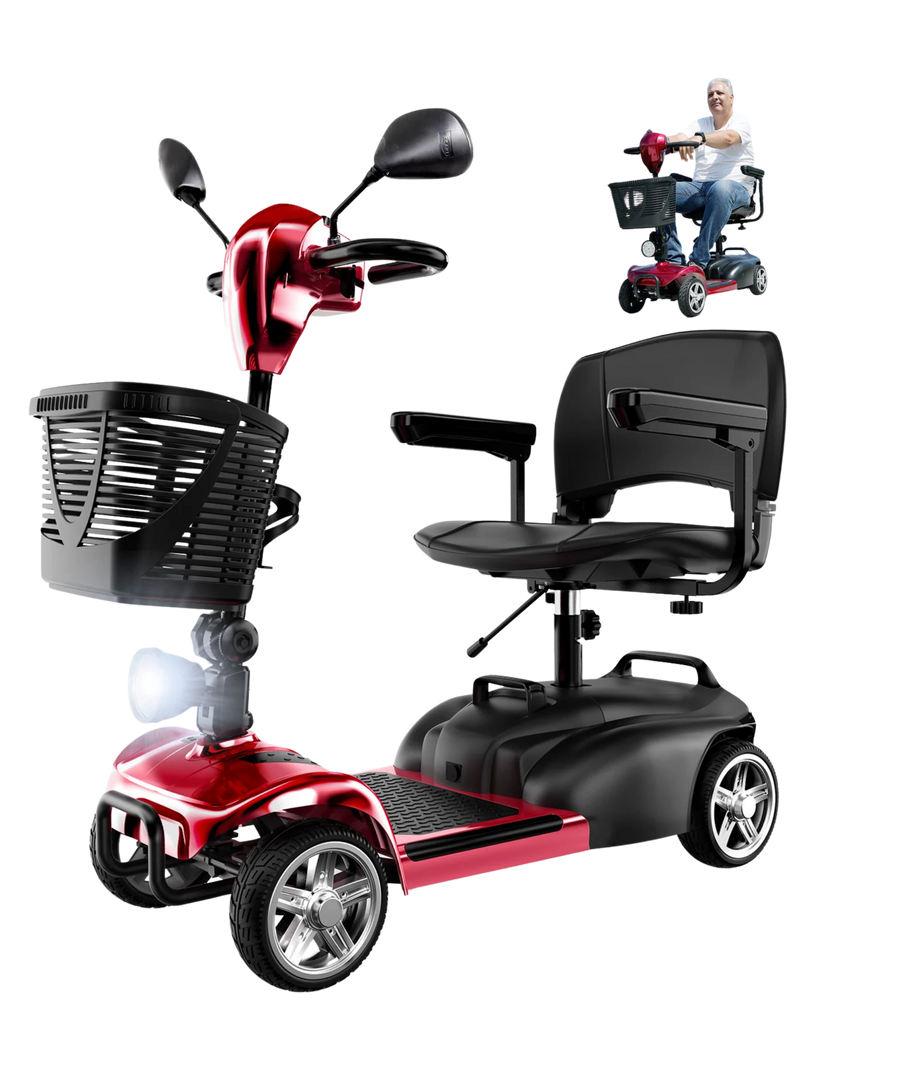































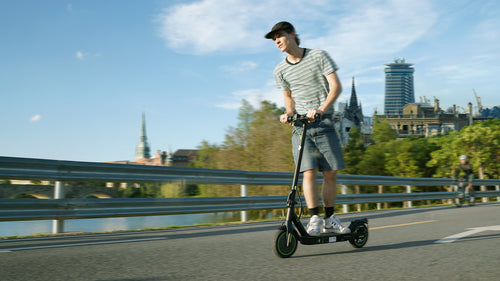


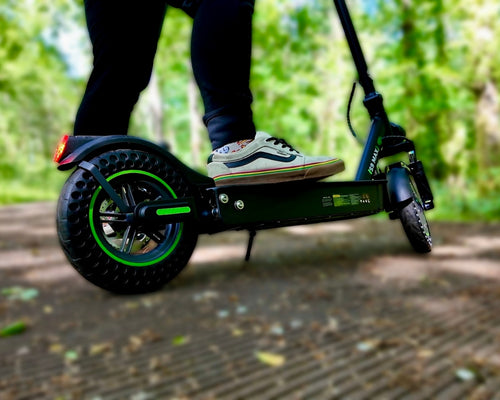
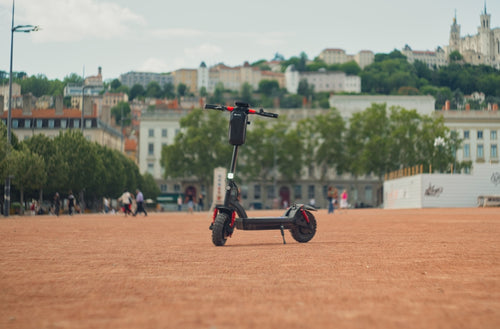
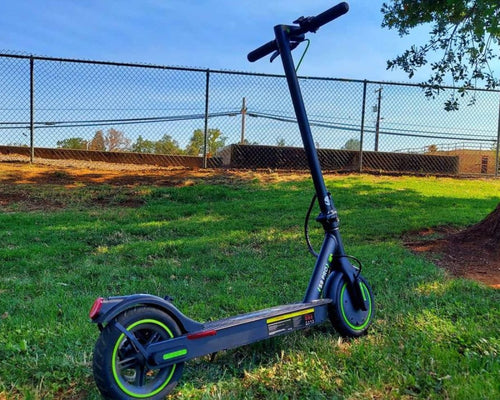





Leave a comment